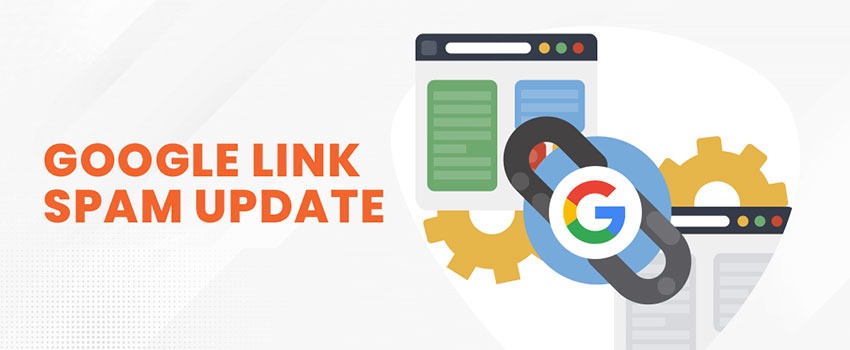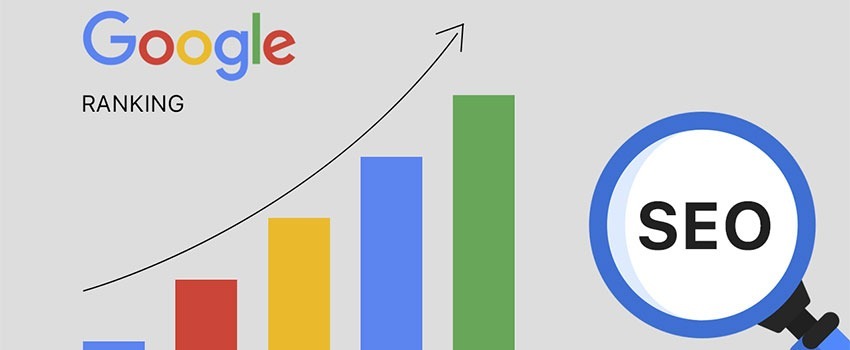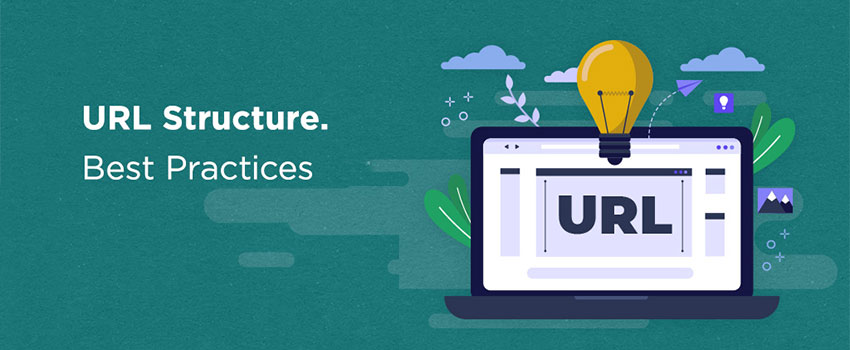Digital Marketing Tips That Yield Big Results
Digital marketing is shaping the way businesses are generating sales and revenue from non-conventional means and methods.
But just like every other marketing effort, from idea generation to planning your implementation strategy, digital marketing requires careful and well thought-out strategies to give it some advantage and record the desired success.
In this post, we examine some Small Changes that you can make which have some incremental and positive impact on your digital marketing strategy and produce big returns.
Also read: A Search Engine Friendly Guide to Link Building
Introduction
Traditional marketing approaches still have their place. even personal selling is still being deployed and because they are still profitable for some organizations and businesses, they are still being deployed with huge expenditure spent on their implementation.
The banks for instance still rely very heavily on personal selling to gain conversion. Notwithstanding, digital marketing is becoming increasingly central to the success (or failure) of many companies. If you are not focusing on the latest marketing tactics for attracting new customers, meeting your revenue goals may be very tight and you will be missing out on a huge potential you will find in digital marketing.
But relying on digital marketing to record outstanding success requires heavy investment in digital marketing efforts and patience to see the results. Because the online world is in such a state of flux and growth, and the chances of success largely depends on how you can respond to the changes and lead your industry. This requires that you should drive a flexible marketing program, enough to keep pace with changes.
More from our blog:
Benchmarking for Website Performance on Search Engines
Do Google Ads Affect Search Engine Rankings?
Focus On Social Media
It has been more convenient and quite easy to gain traffic from social media sites. The social media has become more active and popular and more and more people rely on social media sites to find the information they seek.
From old social sites like Facebook and Twitter to newer networks like Snapchat and Periscope, these sites are used by millions of people to share all sorts of content. You need to make sure that these networks play a central role in your marketing strategy. The good thing about them is they are free. You can pay for featured adverts but using the social media for basic promotion is free.
Social media needs to play a central role in your advertising strategy. You want to create great content that provides value and make it interesting enough that people want to share it. No matter your expenditure on advertising, poor quality content will destroy your website positioning strategy and will hurt in the long run. Quality content will help all other strategy work and achieve the much desired results
The other very critical aspect to consider is customer targeting. Take the time to find out which social networks are most commonly used by the consumers that you want to reach.
If your preferred demographic spends most of its time on Tumblr, but you primarily post on Facebook, you are going to be missing out. You could be doing great content but you will be targeting the wrong users and that won’t really work well for you.
Targeting the wrong audience could also increase your website bounce rate. In addition, you need to make sure that you tailor your content to the appropriate format for each site.
Maintain A Consistent Profile
Consistency in your profile will build your image identity, build trust for your website and encourage content sharing among your readers. Your brand is one of your most valuable assets.
By creating and maintaining a consistent image for your brand, you can make your content instantly recognizable, no matter where people encounter it. This means that everything that you publish online, no matter where it is, should reflect the same identity.
To do so, it can be a good idea to centralize the production of your marketing materials. This will help you build quality content, avoid dwelling on duplicates or closely related topic within the same period and monitoring the quality of content.
The last thing that you want, after all, is for something offensive to be published that reflects badly on your brand and your products
Further reading:
Useful Tips and Tricks for WordPress SEO
SEO Tips For a Local Google My Business Page
SEO Best Practices That Will Drive Traffic To Your Website
Stay Engaged With Your Customers
The easy way to stay connected at very minimal cost in terms of time and company resources is to use the social networks. you may just require the internet and some little time to share your content and keep your visitors engaged with regular content.
One of the great advantages of social media is precisely its social nature. Traditional forms of marketing, such as TV ads or direct mail, tend to be top-down and unidirectional. The flow of information is all one-way, from the company to the consumer. Consumers are seen as passive recipients who have no opportunity to react to or engage with this information.
When you use social media, on the other hand, your customers have the ability to respond directly to your marketing campaign. This represents a great opportunity for you to make your customers more engaged with and loyal to your brand. By taking the time to respond to them and involve them, they will feel like partners who are working with you.
Focus on Quality Content
Quality content is the key to success. Your users will share your content and this will translate into inbound links. The ultimate result will be higher rankings for your website.
Take time to build quality content. Content is still king on the internet and this seems unlikely to change in the near future. No matter how clever your marketing strategy may be, if your content is dull and uninteresting, you will find success to be elusive.
Use memes, videos, and images in your content marketing strategy. Poll your readers to see what they are interested in seeing from you. You don’t have to create all the content that you are sharing on your networks.
Use apps like Hootsuite to set up keywords so that you can search on other sites for relevant content. You can use news aggregator sites such as Feedly to find articles and websites in your niche. Share anything that will provide value to your community and you will soon emerge as a market leader in your niche.
Further reading:
How to secure your website from attacks using the .htaccess file
A Detailed Guide to Your Marketing Strategy Development
Website managers and administrators are increasingly focusing their attention on the online medium as a powerful marketing communication tool. This is as a result of the growing importance of the internet with its large number of users. Marketing is undoubtedly the engine room of every business.
From consumer studies to implementing strategies that can drive sales, marketing is the key that determines success. If you have a good product, idea or service and you get it wrong on the side of marketing promotion, you are no way going to achieve the success that would have been with good marketing.
Digital marketing is becoming increasingly important especially as it relates to search engine marketing. Much has changed in the way marketing business is conducted. Apart from the need for careful planning drawn from market studies, there are key changes that shape the direction of every online marketing business.
This outline provides you with all relevant and key information that should shape your decision making as you create a strategy for marketing in 2017 and beyond
Goals
A good strategy must start with goals. When you have a clear idea about where you want to go, it’s easier to get there. So begin your marketing strategy by outlining what you would like to accomplish this year. List your basic marketing objectives, which may include a few of the following.
- Build brand awareness
- Increase sales
- Expand into a new market
- Increase profit
- Target new customers
- Develop brand affinity and loyalty
- Grow digital presence
- Launch new products or services
- Grow market share
Once you pinpoint the general goals you want to focus on, set clear objectives for each goal. Use SMART goal planning to develop each of your plans, so they are:
- Specific
- Measurable
- Achievable
- Realistic
- Time-bound
Budget
You will have to decide on what to spend on your marketing efforts. Your expenditure should match the expected results and should be decided with certain factors in mind:
- What industry are you in? You will have to consider your competitors, their strengths and how much they are spending on advertising and other marketing programmes. You also need to consider what you need to spend to compete favorably.
- Should you outsource SEO, or any other part of your strategy to free up resources? Outsourcing could be a very useful strategy to get expertise to work for you. You will need to consider the gains of outsourcing and to see if you have the required budget.
- What do you want to achieve? Considering your objectives, you may be able decide if you need a huge budget or a light one. If you intend to just create brand awareness, this can be achieved with a two weeks intensive campaign and a subsequent drop in promotion expenditure. Your goals should shape your expenditure.
- What is your total yearly revenue? You wouldn’t want to spend more than you earn. You will need to keep expenditure within limits that leaves you with an acceptably profitable margin. How much you can allocate to marketing should be a fraction of your revenue and should be a reasonable percentage.
Brand Message
Re-appraise your brand to see that its external communication reflects the desired product positioning objectives and works in agreement wit your overall strategy.
If your brand message does not align with the projected path of your business, it could create a conflict which will work against the vision of your business. Create a brand guide or revise your current guide so it includes details about the following core areas of our business:
- Mission statement
- Brand promise
- Tone and voice
- Unique selling propositions
- Key terms
As you revise or write these sections, consider the three perspectives that matter to your brand.
- Customer perspective: What you present to customers – both present and potential.
- Internal perspective: Your company staff orientation is important. You must be mindful about what you present to your internal team, and what drives their work.
- Market perspective: What differentiates your offerings and makes you stand out in your industry.
Shape your brand messaging to connect on those three levels.
Target Audience
Good marketing does not attempt to reach all people; it’s targeted to connect with a few specific and defined audiences and this is a good way to optimize your marketing efforts for results. As you create your marketing strategy, revise or write target audience descriptions, so they are concrete and clear.
Define your target audience’s demographic and psychographic characteristics as it relates to:
- Age
- Location
- Occupation
- Marital or family status
- Gender
- Ethnic background
- Income level
- Education level
- Personality
- Lifestyle
- Behavior
- Worldview
- Attitudes
- Values
- Interests and hobbies
Then, take it one step further and create a few buyer personas (stories about fictional characters who are your ideal customers) based on the demographics.
Buyer’s Journey
While reworking your buyer personas, also focus on developing your buyer’s journey. Outline what your target customer is thinking during each of the following stages.
Awareness: What is your customer experiencing as they become aware of a problem they are having? What are their pain points?
Consideration: What is your customer doing while they are considering solutions for their problem?
Decision;: How does your customer make the final decision before a purchase? What concerns, thoughts, and processes guide them?
Marketing Channels and Strategic Approach
Once you have the framework, perspective, and guidelines to direct your marketing strategy, start to outline your plans. The types of marketing strategy you choose may relate to traditional, digital, or content marketing. Divide your marketing budget between the strategies that will work best for your goals and business.
If you’re not sure about what will work best, consider the following.
- If you’ve used a particular method in the past, how successful was it? Can it be improved upon and how will the improvement be implemented in consideration of current approaches?
- Have you performed a full competitor analysis to explore what strategies have worked for your competitors? Can your budget support a moderation towards bench-marking competitor practices?
- If you haven’t tried certain tactics, do you have some flexible budget you can use to experiment and see what works?
Traditional Marketing
Decide where your business could benefit from traditional marketing channels like:
- Billboards
- Print ads
- Direct mail
- Radio and television ads
- Cold-calling
- Events
- Speaking engagements
- Networking
Consider Alexa: While Alexa is a tool typically used for digital and content marketing, you can use it to find information that drives traditional marketing efforts. Using the Site Metrics reports, you can find detailed information about your audience’s demographics.
You can use this information to learn more about your audience and identify other places where this audience spends time. This helps direct your choices for traditional marketing placements. Using the Site Overview tool, you can also research competitors and learn about their audience demographics to identify places where you can target them offline as well.
Another benefit of this is that it helps you fill in information about your target audience for your marketing strategy.
Digital Marketing
There are core areas of digital marketing trends you need to evaluate and identify where you are lacking or need to improve. Typically, you should consider your digital marketing efforts as it relates to:
- Website and online presence
- Social media
- SEO
- Paid search
- Email marketing
- Retargeting
Do a website audit and get a full overview of your website’s current performance as it relates to SEO, security, performance, and reputation.
Your website audit report should also provide a list of recommended actions for resolving issues that exist on your site, so it builds a strategy for improving your digital marketing.
Bonus SEO Tips:
- Identify ways to improve individual pages, so they get more attention from search engines with the On-Page SEO Checker. There are lots of free options online.
- Review stats on your site’s current traffic levels, Alexa Rank, and number of sites linking back to you to help set goals and track the results of your work using the Site Overview Report.
- Find backlinks for your competitors, so you can discover opportunities to gain links back to your site and improve your SEO using the Audience Overlap Tool and Competitor Keyword Matrix.
Content Marketing
Content marketing is connected to digital marketing, however, you can separate it into its own category. As you think about your content marketing plans, consider if you want to focus on:
- Copy content creation (blogging, articles, e-books, etc.)
- Multimedia content creation (video, slideshows, infographics, etc.)
- Newsletters
- Guest posts
- Content distribution and promotion
To keep up with content marketing trends, a website analysis will help you with keyword research and analysis for both on-site and off-site content.
Use a Competitor Keyword Matrix to identify topics your competitors are writing about and the keywords they are ranking for.
All these should help you in the following areas:
- Identify topics that are relevant to your industry and audience, which can inspire ideas for content on your site
- Gauge the competition for keywords in your industry, so you know which keywords to avoid due to high competition.
- Find guest blogging sites and opportunities by identifying keyword gaps on blogs that will be likely to accept guest posts on the topic.
Conclusion
Digital marketing is shaping the way business are generating sales and revenue from non-conventional means and methods. But just like every other marketing effort, from idea generation to planning your implementation strategy, digital marketing requires careful and well thought-out strategies to give it some advantage and record the desired success.
In this post, we examine some Small Changes that you can make which have some incremental and positive impact on your digital marketing strategy and produce big returns.
As you get ready for a review of your current marketing programme, it’s the perfect time to reassess and revise your strategies. Use this outline to create a plan and mission that will guide you to a more strategic, focused, and intentional marketing approach in an ever-changing online environment.











